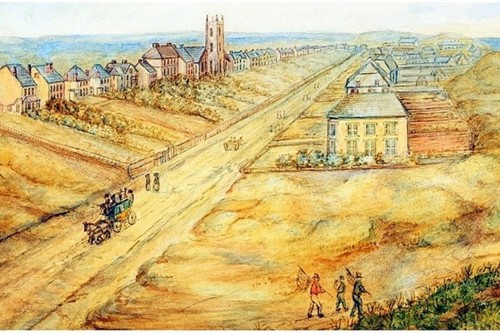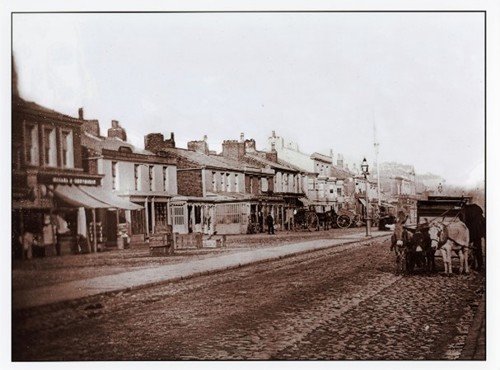Like many areas across the country, high streets have been struggling in recent years to attract the numbers of shoppers they once did in the retail heydays of the late 20th and early 21st centuries, and Lord Street is no exception. The advent of online shopping is changing consumer behaviour from browsing and responding to impulse buying to click and collect being quicker and easier for customers. We’ve seen the decline of large high street chains leaving big empty buildings in their wake. The pandemic and subsequent recession has affected spend per customer whilst operating and product costs have increased, squeezing profit margins for retailers and services. This uncertainty is also changing how commercial leases are negotiated, with many coming down from the traditional 25-year lease and repair arrangement to shorter 5-year leasehold only, alongside a decrease in floorspace required. In turn, property owners and investors experience a decrease in income, so diversifying to include residential or holiday accommodation in vacant upper floors could be a solution.


Historically, town centres that had a Charter from the Monarch, could hold markets and these became the place for farmers and makers to meet and trade goods. Usually held once a week in a central square within the town, they became important sites for commerce. As urban populations grew shops started to appear, often near the outdoor markets. Existing houses would convert ground floor rooms in houses into shop fronts, with products often made upstairs or to the rear and sold at the front, the original cottage industries!
Southport similarly experienced these changes during the Victorian era when the relatively small number of private houses on Lord Street started opening shop fronts to meet the needs of growing population and visitors, whilst the owners would live above. As Southport became increasingly popular with bigger and better attractions for increasing numbers of holiday makers, so many of the smaller residential houses were replaced with larger buildings, with purpose built and individually designed shopfronts, some of which still exist. Gradually successful shop owners would reside in houses away from the main commercial centres and spaces above would be dedicated to storage or office accommodation. Through the 20th century as buildings were replaced on Lord Street, blocks of flats would appear, often on the landward side with residential units concentrated there rather than above shops.
Now in the 21st century, town and city living is becoming more popular, particularly with the young who want to be near services, amenities, transport hubs and with the growth in working from home. Sefton Council is focused on improving the local offer, with investment in the new Marine Lake Events Centre, the recently renovated Market, new tourist attractions and new flexible co-working spaces and digital hub. Heritage assets including the Pier, Victora Baths, the Grand and the Garrick are all seeing investment.
As Southport enters its next development phase, empty spaces above shops offer us a chance to meet increasing housing demand, support the local economy through increased footfall, and improve the condition of the beautiful buildings on Lord Street through adaptation and enhancement. By looking to and learning from past practices, the future looks bright for Southport!
